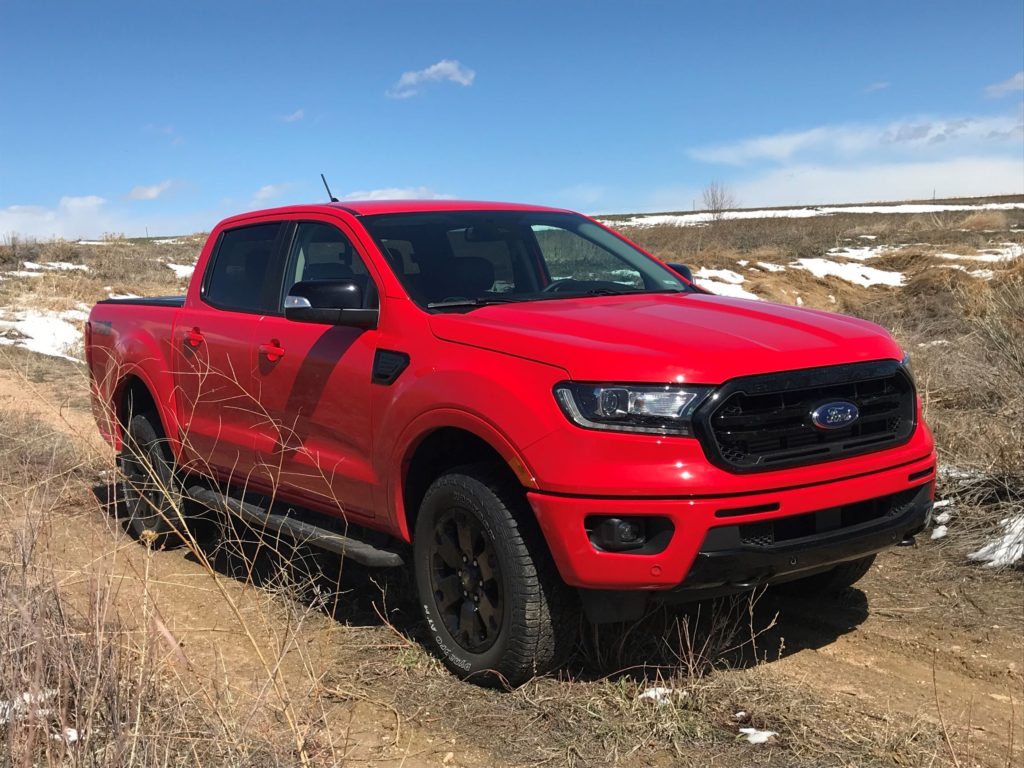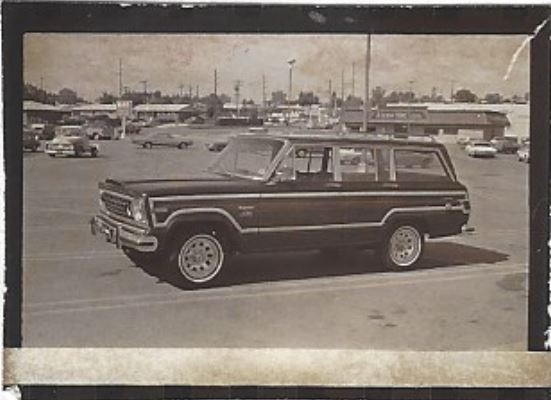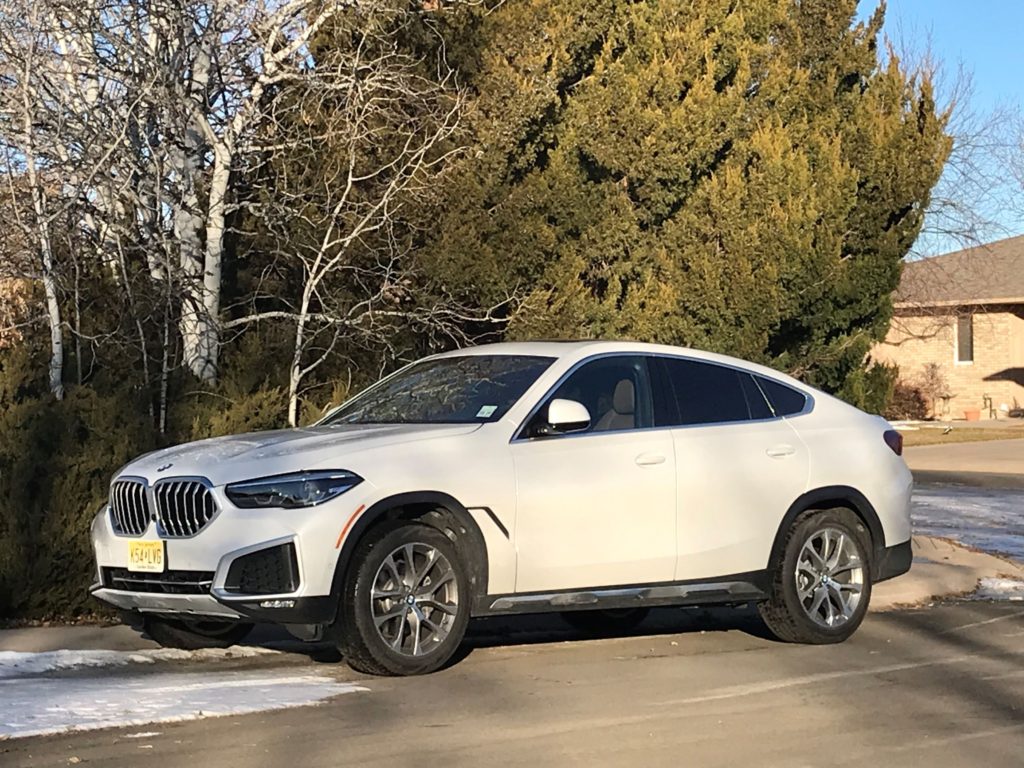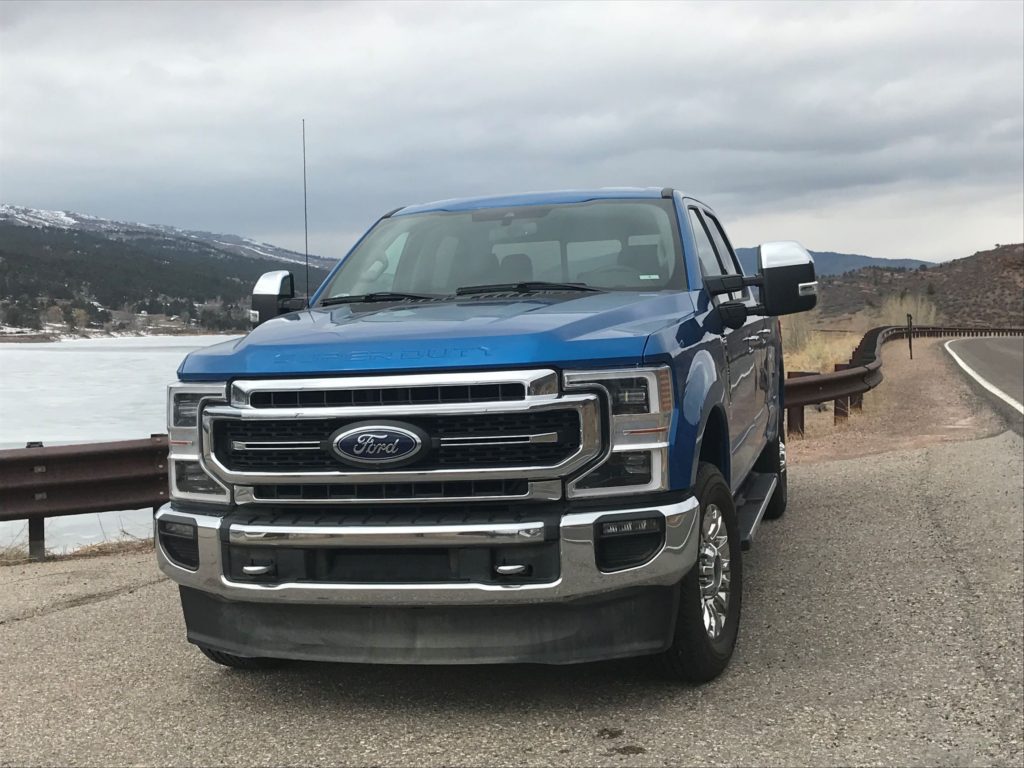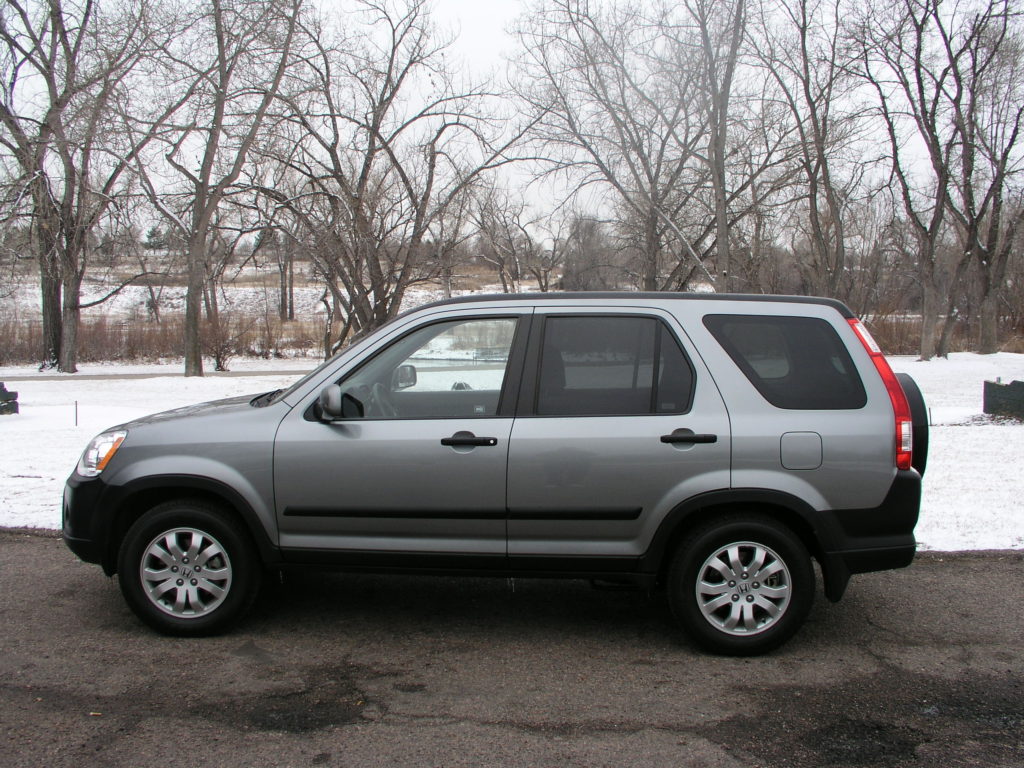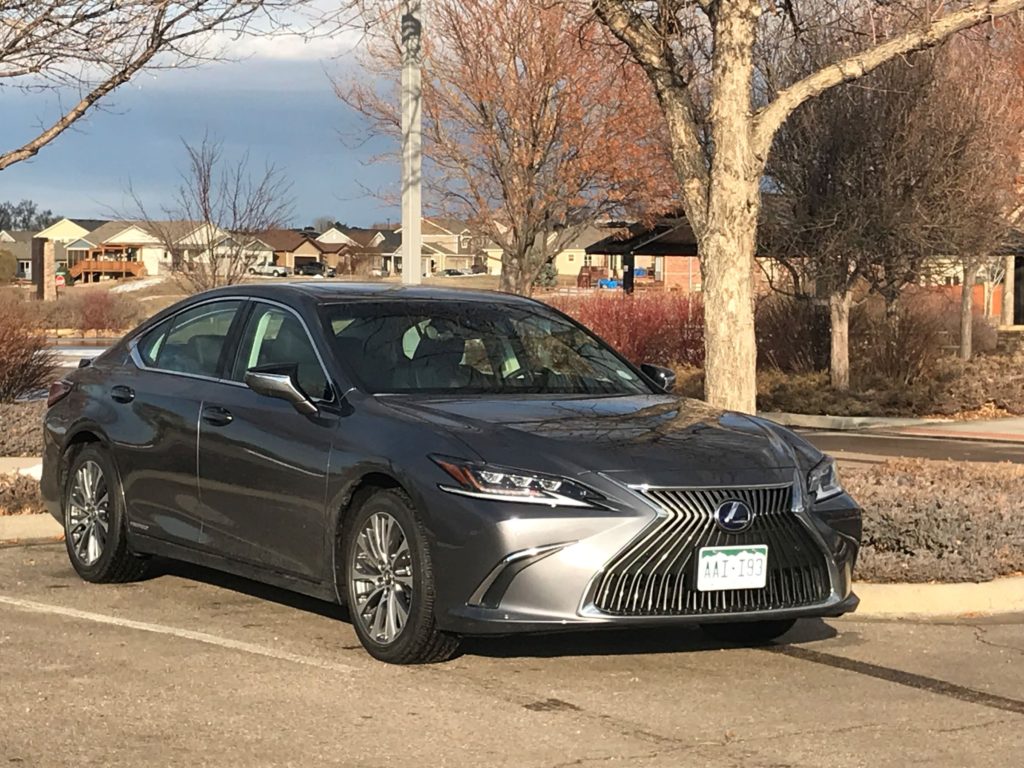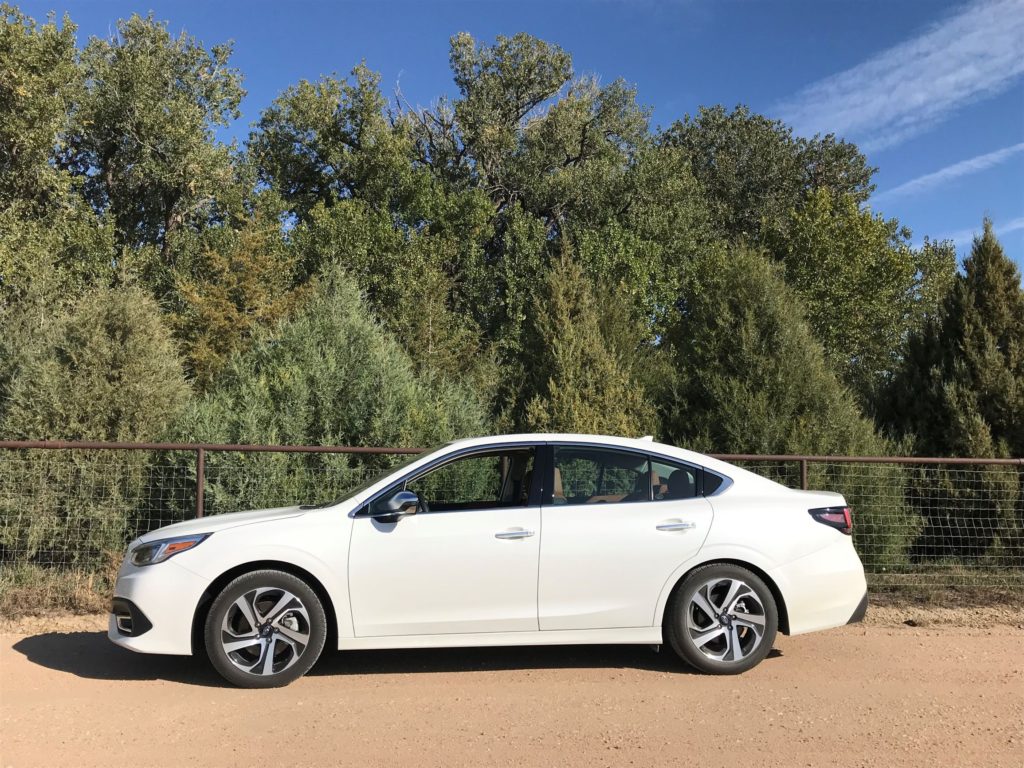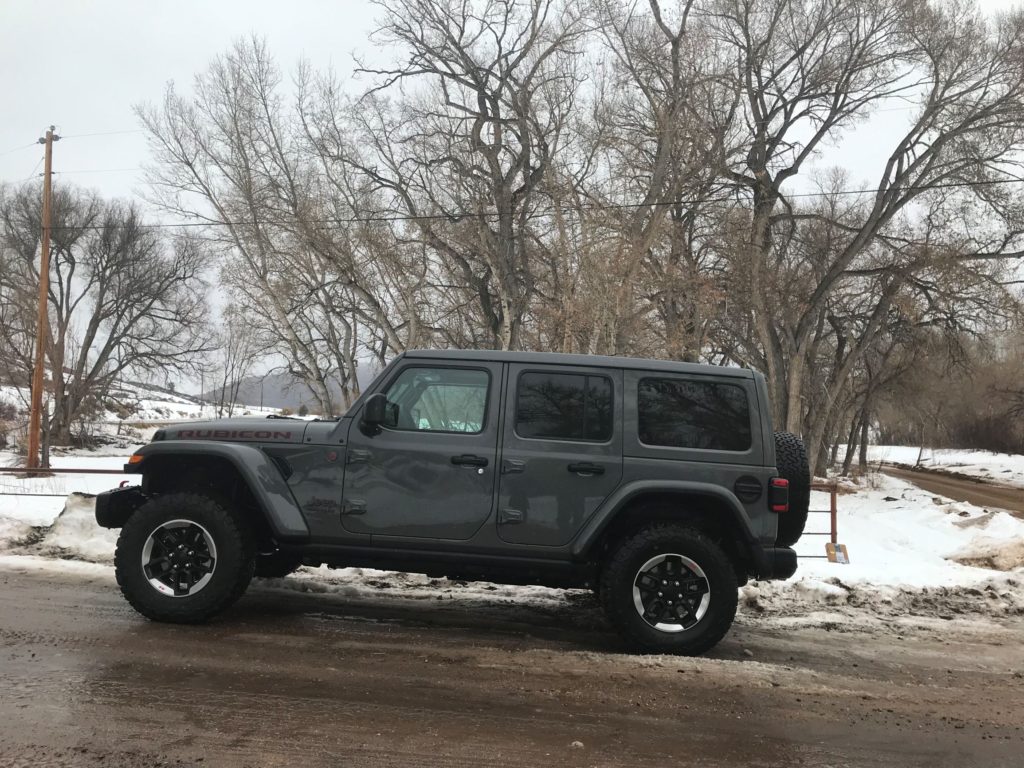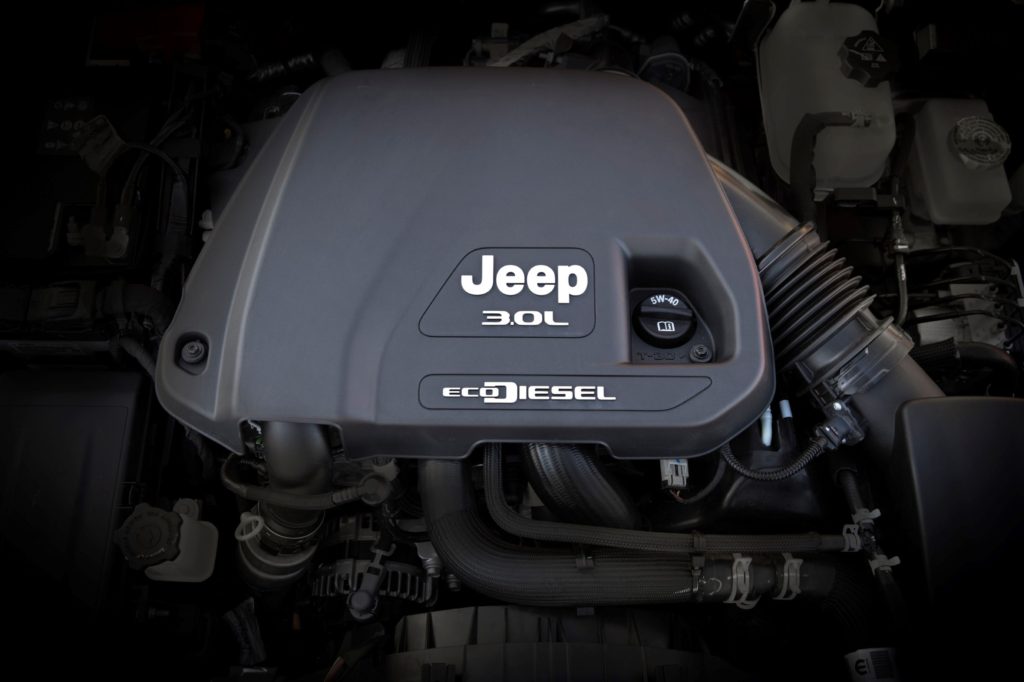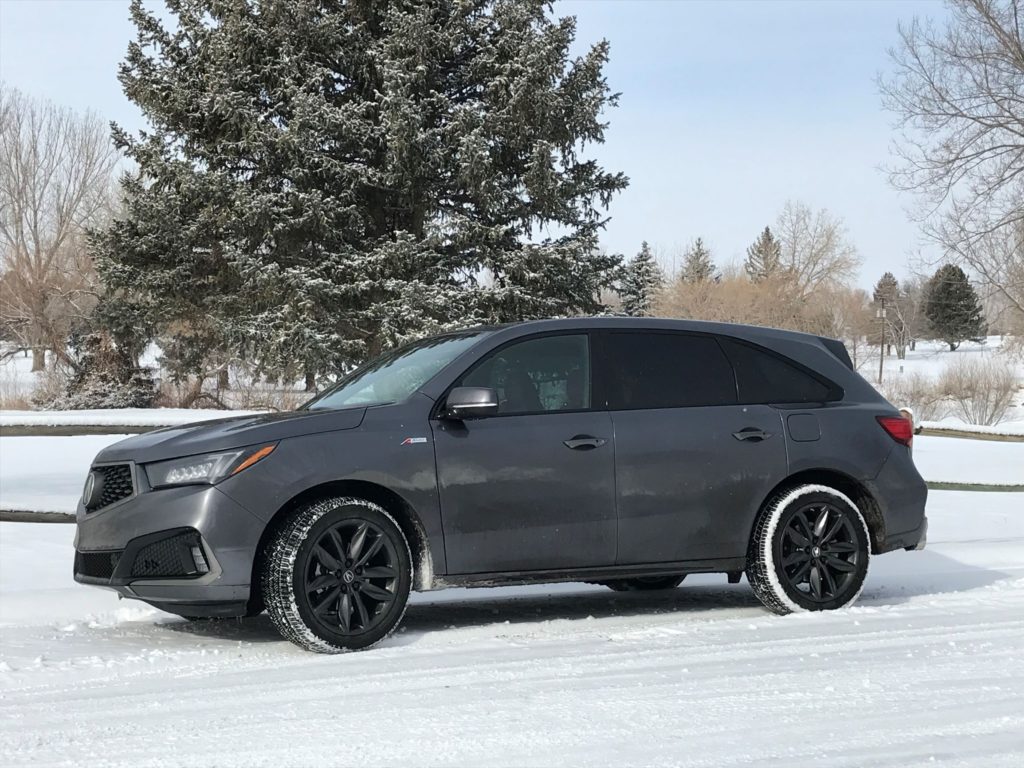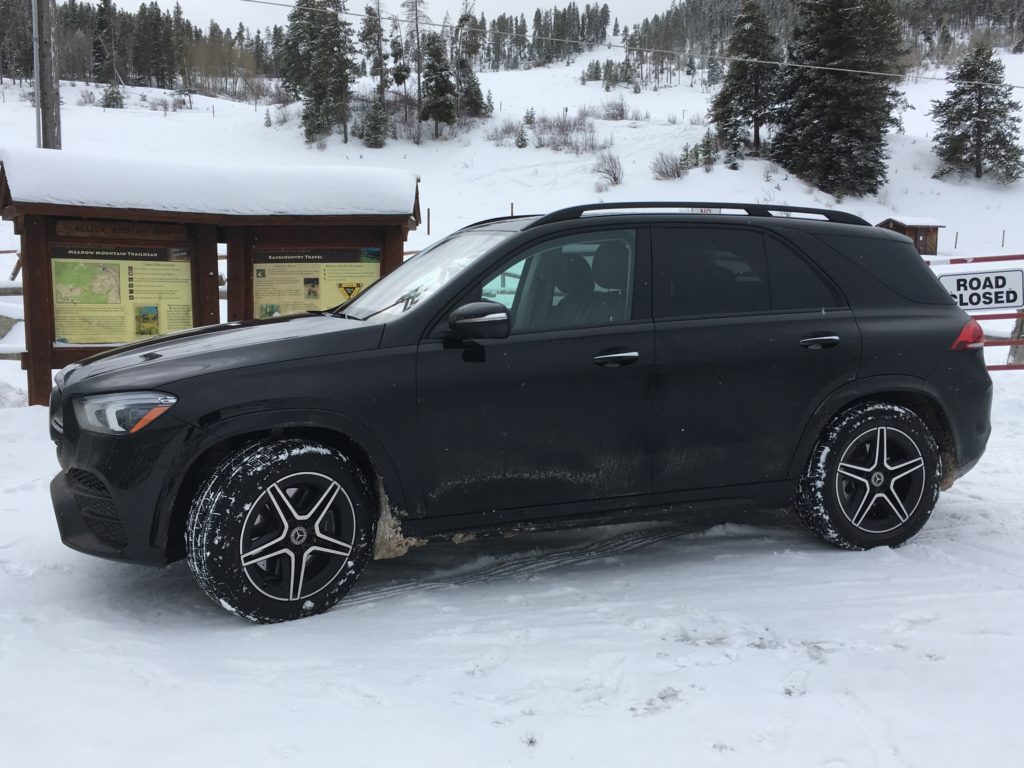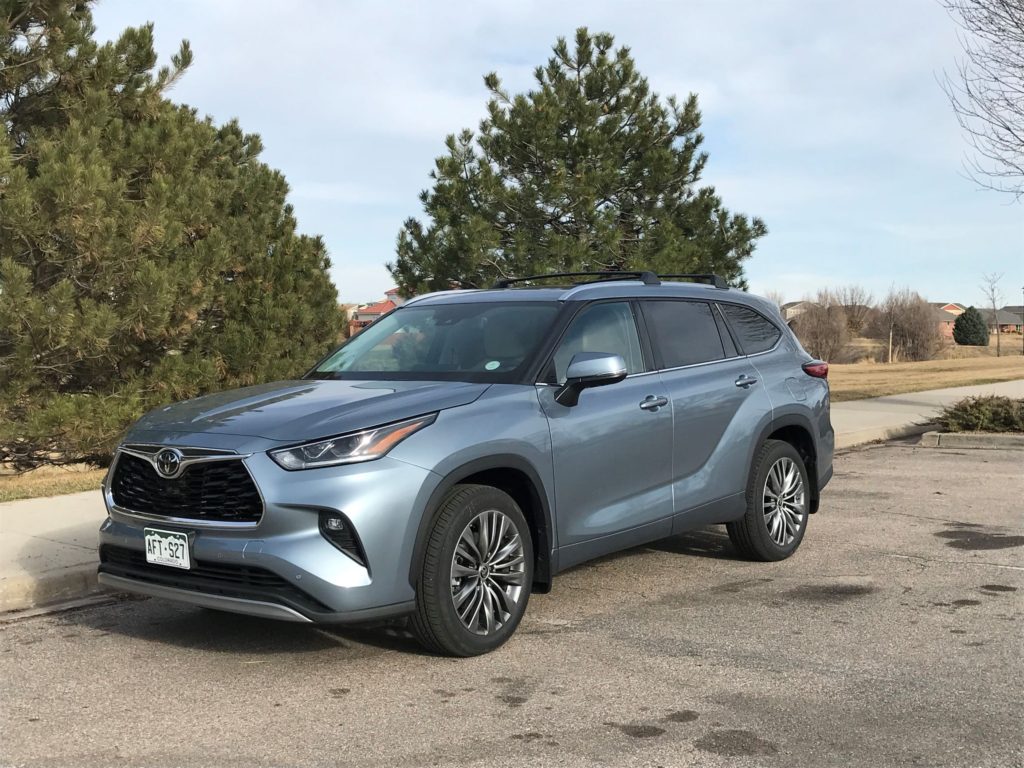
Redesigned for the 2020 model year is the Toyota Highlander, now in its fourth generation. It looks somewhat larger; its wheelbase has been stretched from 109.8 inches to 112.2 and in overall length it has grown from 192.5 inches to 194.9.
Most noticeable is the roominess around the captain’s chairs in the middle of its three rows of seating. The chairs will slide far forward to allow ease of access into the more tightly quartered back row.
The model delivered up my way was the high-end Highlander Platinum with comfortably bolstered front seats of perforated leather.
It carried me on a morning in midweek into the heart of Denver to the “Car Shack,” as some refer to the luxury home offices of the Colorado Auto Dealers Association at Grant and Speer Boulevard. Filming was underway by Bill Reddick and Danielle Klein of 9News in promotion for the scheduled Preview Gala and Denver Auto Show at the Colorado Convention Center.
A dinner preceding the Gala was to feature inaugural inductees into the newly revealed Colorado Automotive Hall of Fame. Both events, of course, were postponed by the coronavirus pandemic.
The all-wheel-drive Highlander performs adequately, though not particularly impressively, with a 295-horsepower, 3.5-liter V-6 engine and 8-speed automatic transmission; even with the 110-mile run to Denver and back, its overall fuel-mileage average was only 20.9.
The Highlander interior materials are of a high grade and there are small storage pockets positioned all over. While Toyota includes the Apple CarPlay and Android Auto as standard equipment in all its trim levels, the most exclusive list of options for the other models goes as standard for the Platinum, including:
- rain-sensing windshield wipers,
- adaptive headlights,
- 10-inch head-up display,
- second-row heated seats,
- panoramic moonroof and
- 20-inch alloy wheels for its Bridgestone 255/55R20 tires.
Cargo space behind the third row of seats is only 16 cubic feet; that expands to 48.4 by folding flat the back row. Handy for shopping trips is a hands-free power liftgate. That pushed sticker price to a whopping $51,112. Pricing for the Highlander L base model begins around $36,000.
Toyota Safety Sense 2.0 increases safety with precollision warning and braking, pedestrian detection, adaptive cruise and lane-departure assist.
Among competitors for the Highlander are the Hyundai Santa Fe, Kia Telluride, Honda Pilot, Jeep Grand Cherokee, Chevy Traverse, Ford Explorer, Mazda CX-9, Volkswagen Atlas, Subaru Ascent and others.
